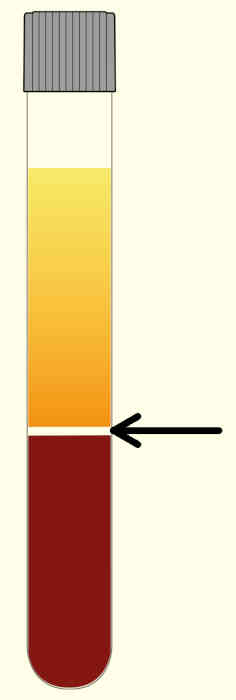 Examelot
Examelot
Report a problem
The MLT(AAB) Generalist Examination is an exam for people who want to practice as medical laboratoy technicians. This exam is set by the American Association of Bioanalysts (AAB).
These practice questions will help prepare you for the MLT(AAB) exam.
This page contains 240 practice questions divided into the six sections of the exam: 1. Chemistry, 2. Hematology, 3. Immunology, 4. Immunohematology, 5. Microbiology, and 6. Basic Knowledge.
All questions have been carefully designed to mimic the questions on the real exam, to help you prepare and get a passing grade.

| Test | Result |
|---|---|
| Red cell count | 5.4 × 10¹²/L |
| White cell count | 6.5 × 10⁹/L |
| Platelets | 660 × 10⁹/L |
| anti-A | anti-B | anti-D | Rh type |
|---|---|---|---|
| + | O | + | DCe/dce |